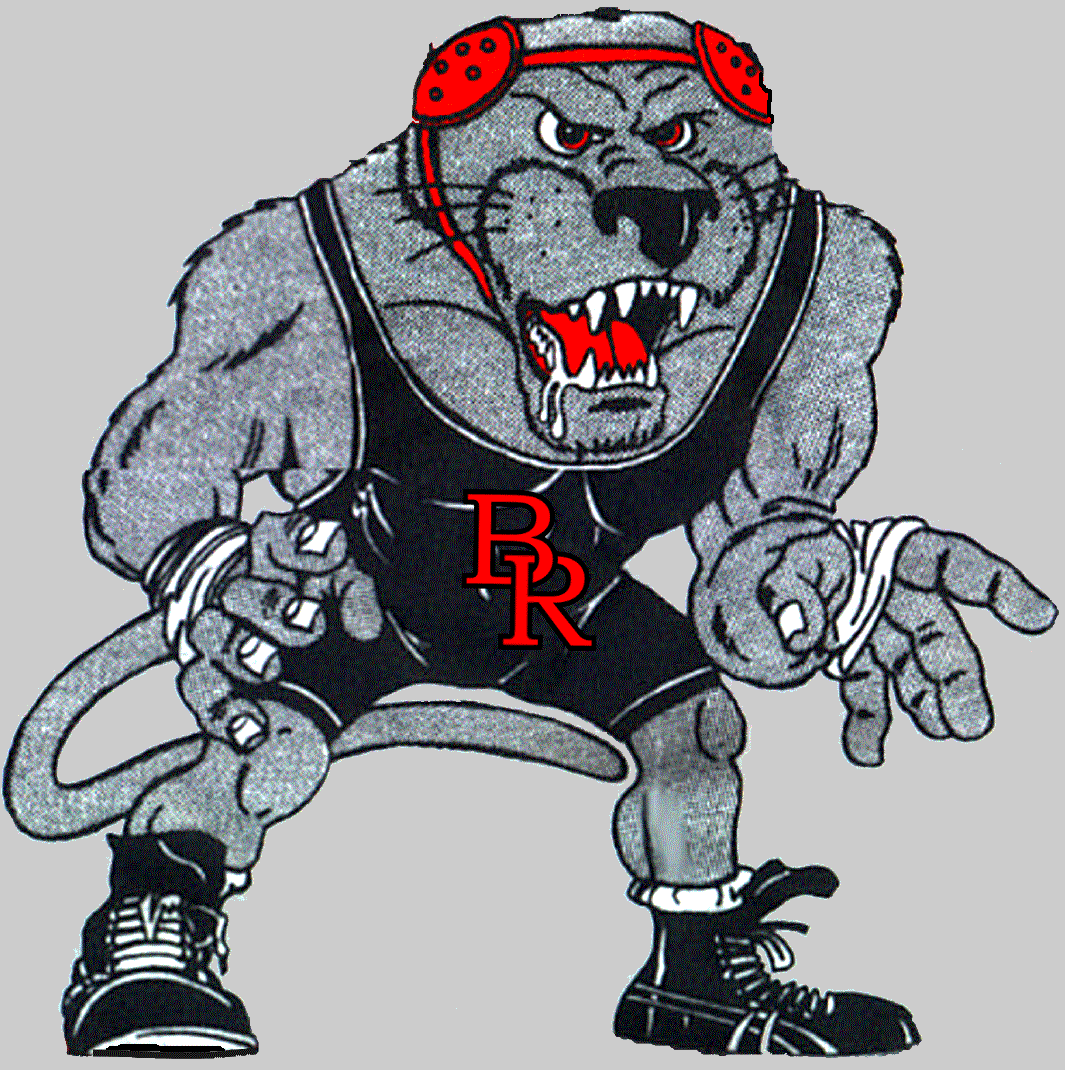Recommended Reading for All Wrestling Parents
"Parent's Guide to Youth Wrestling" by Bill Campbell, © 2000,
article reprinted with permission from USA WRESTLING.
"The Ten Commandments for a Wrestling Parent" (author
unknown)
"Why Wrestle?" (author
unknown)
"How Safe Is Wrestling?"
"How
a Match Works - What Takes Place in a Wrestling Match"
How A Match Works - Scholastic (Folkstyle)
Wrestling
What Takes Place in a Wrestling Match
Before - The wrestlers are each given leg bands of opposing colors (typically
red and green). The referee is wearing wrist bands with corresponding
colors. The referee awards points throughout the match by raising the
corresponding hand.
First - Both wrestlers come forward from the corners of the mat, receive the
instructions and shake hands.
Next - The referee blows his whistle and signals, "Wrestle."
Next - Each wrestler tries to take control of the opponent by getting behind
or on top of him - a "takedown."
Point - The first points are likely to be given for a takedown. When
one wrestler gets a takedown, the referee signals 2 points with the appropriate
hand.
Then - The DEFENSIVE (or "down") wrestler tries to escape or
reverse his position to get on top or behind. The OFFENSIVE (or
"top") wrestler tries to stay on top and get a hold with which he can
keep his opponents shoulders on the mat for 2 seconds - a fall or pin.
Every match has three periods. Each period is typically 1-1½ minutes
long.
- First Period
- Starts from standing or neutral position.
- Second Period
- Choice of position is decided by toss of coin. The winner may choose
either up, down, neutral, or defer choice to 3rd period.
- Third Period
- Contestant with choice may choose up, down, or neutral.
Basic Bout Scoring*
- Takedown - 2 points
- When a wrestler takes control and is on top of his opponent from the
neutral or standing position.
- Escape - 1 point
- Getting out from underneath to a standing position or neutral position
facing opponent.
- Reversal - 2 points
- Getting out from underneath and gaining control over your opponent either
on the mat or in a real-standing position.
- Near Fall (back points) - 3 points
- Restraining the defensive wrestler's shoulders/scapulae to the mat for 5
continuous seconds or more under one of the following conditions: one
shoulder/scapula touching and the other at an angle of 45° or less,
both shoulders/scapulae held within 4" of the mat, or when the
defensive wrestler is held in a high bridge or on both elbows.
- Near Fall (back points) - 2 points
- Same as above except for a period of greater than 2 and less than 5
continuous seconds.
- Stalling - Warning followed by a 1 or 2 point penalty (progressive)
- When one or both wrestlers fail to make an honest attempt to stay within
the 10-foot circle in the center of the mat and wrestle aggressively.
In neutral position this usually means that one or both wrestlers are not
attempting to secure a takedown. When down on mat, the offensive
wrestler may be called for stalling if he isn't making a conscientious
effort to secure a fall and the defensive wrestler may be called for
stalling if he fails to attempt maneuvers which ultimately may lead to an
escape or reversal.
- Illegal Hold, Unnecessary Roughness, Unsportsmanlike Conduct by
Contestants During the Match - 1 or 2 point penalty (progressive)
-
- Locked Hands (offensive wrestler), Grasping of opponent's
clothing/headgear or mat - - 1 or 2 point penalty (progressive)
* NOTE: By no means should this material be considered a
complete & exhaustive set of scoring rules. It's intend is to provide
parents with a basic understanding on how a wrestling bout is scored.
Should parents have questions concerning scoring, moves, or potential
infractions, please talk with the coaches on our team. The coaching staff
will do their best to address any questions you may have.

